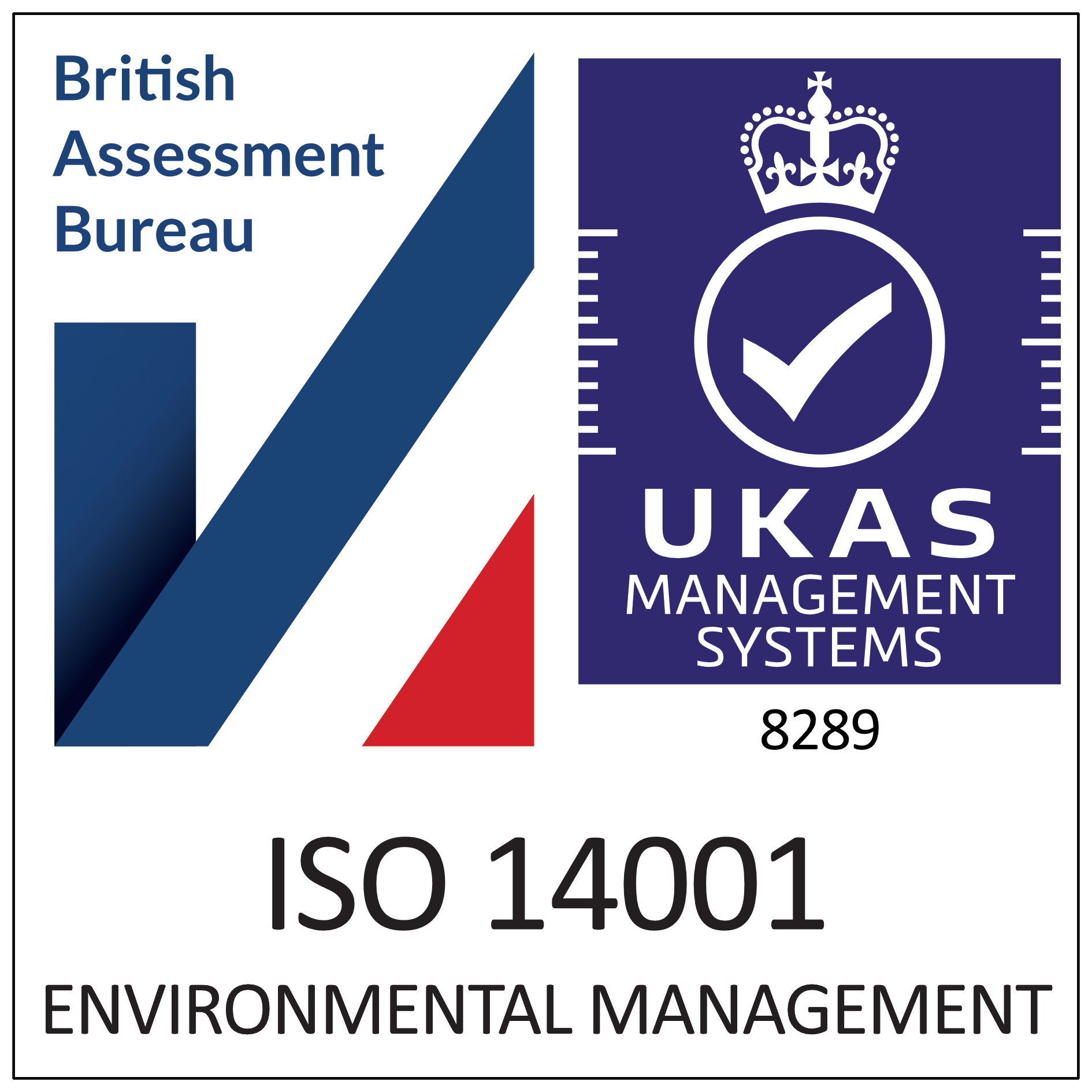
Our School Leaver course applications for September 2026 are now open!

Our School Leaver course applications for September 2026 are now open!
Search our website for news, courses, and general information
Course code: P03326
Subject area: Construction
Study level: Apprenticeship
Course level: 4
Course time:
09:00 - 16:00
Days of week:
Various
Course date:
1st Aug 2025 - 31st Jul 2030
Course location:
Abingdon CampusIn their daily work, an employee in this occupation interacts with a variety of internal and external stakeholders. Internally, CR&S practitioners interact with a wide range of staff which could be across one or multiple sites/countries. They facilitate change by helping others to understand how different roles fit within the strategy and how everyone’s contribution can impact the greater good.
Practitioners may also reach out into the community in order to work collaboratively, and in some cases to understand the views of external organisations such as charities, social enterprises, non-governmental organisations (NGOs), or local and central government. Furthermore, CR&S Practitioners are often ambassadors for their organisations, championing their CR&S strategy and expanding their network of influence in order to bring about positive impact.
It is vital for a CR&S Practitioner to be passionate about social and environmental change, and strive to role model ethical behaviour and values. It is also imperative for the CR&S Practitioner to understand their business, the landscape and industry it operates in, and demonstrate the value of CR&S to the business.
The Society for the Environment (SocEnv) for a shortened application route is available (alongside membership with a licenced professional body) to Registered Environmental Technician, recognising that the majority of registration requirements have been met.








